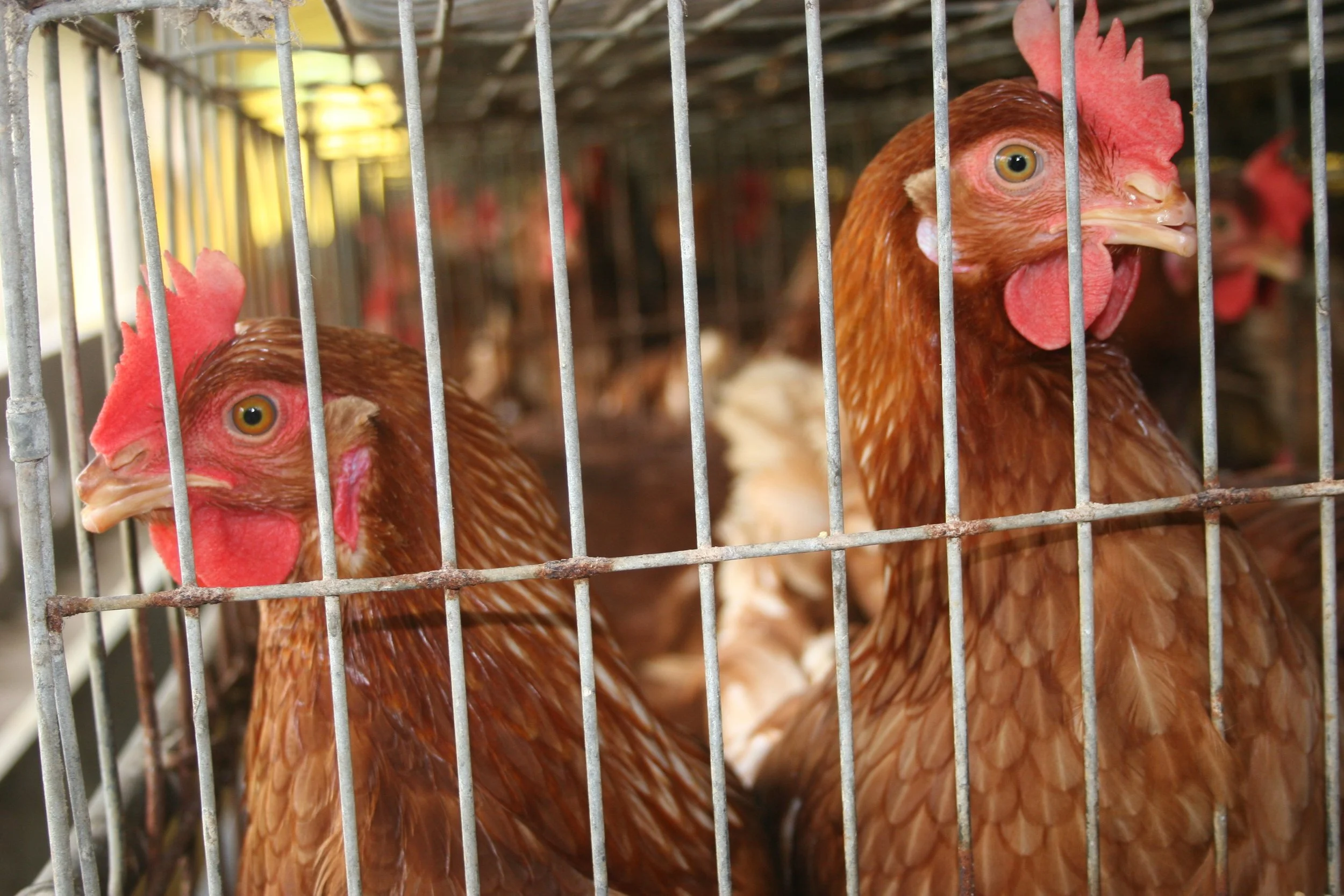This past week the family and I drove to Washington DC for our yearly Thanksgiving pilgrimage. Of course this year it was difficult to turn the radio on without finding any news not covering some horrible thing going on around the globe. Listening, we pondered the suffering of the people in Aleppo to pipelines being laid in the USA to various political shenanigans: all seemly moving the dial further away from a healthy and happy planet. But during all these stories, my thoughts largely focused on food. I suppose that wasn’t so different from most people in America this time of year as we consider how to prepare, serve, and store food; as well as how not to eat too much of it. But my thoughts on food may have been slightly different. I kept coming back to the link that food has to the many conservation and public health challenges of today.
Conservation and public health
As our species, Homo sapiens, approaches 7.6 billion with approximately 150,000 additional humans added each day, it is worth considering how to feed all of us. (To more closely consider these numbers and if you really want a scare, check out the website http://www.worldometers.info/world-population/.) Even though most of us realize we haven’t figured out how to feed all 7.6 billion of us well, with many of us not getting enough calories and an increasing number getting too many calories; both presenting significant public health challenges, we need to ask what the costs are to the planet as we attempt to feed our species.
With 38% of the arable land on Earth used to produce food for one species—humans—we see there is little real estate left for the other animals that share our world. And this 38% is just the land dedicated to agriculture and does not factor in the amount of animal protein we harvest from the oceans. It is now thought that 70% of the world fisheries are fully exploited, over exploited, or significantly depleted. Further, to add insult to injury, we also know that the illegal and legal trade in wildlife has become a worldwide enterprise with numbers hard to quantify, and frankly harder to comprehend. For example, it is estimated that animals taken from the forests of the Congo Basin of Africa (just this one area) and used to feed Homo sapiens equates to 5 million tons of bushmeat! This number is a conservation and public health double whammy crisis. These 5 million tons represent both declining wildlife populations and a disease threat for all life since the animals may act as “pathogen packages” as they, and all the microbes they harbor, are sliced and diced and shipped around the globe.
So who shares the planet?
If one considers the changing composition of the vertebrate biomass (the total mass of organisms that have backbones) during recent history, we can start to understand why food, conservation, and public health fit together in one blog. Let’s begin 10,000 years ago when humans were just starting to be successful in both domesticating animals and in getting pretty darn serious about going forth to multiple. For the first time we convinced that wolf to sit down next to the village campfire or that wild bovine to become more sedentary and hang out in our fields. If we think of it as a pie, what does it look like? The pie of 10,000 years ago had a 2% slice which held all the humans a live at that time (< 10 million) and the few animals we had just domesticated. The other 98% of the pie would be all those other vertebrate species we think of as wild creatures: the lions and tigers and bears… Now if we look at that same pie today, the slices flip flop with 2% representing all the “other animals” that are categorized as neither humans nor domestic animals. The humans and domestic animals now take up the other 98% of the pie. Wow! That 98% has the 7.6 billion humans along with all the dogs and cats and other companion animals we invite into our homes. It also contains the 19 billion chickens; 2 billion pigs; 1 billion sheep; 990 million cattle; 450 million goats; and15 million camels alive on Earth today and waiting to become human food. Of course these numbers do not reflect the same individuals for many days as the animals come and go quickly to help feed our increasingly hungry human population.
What about that other 2% of the pie in 2016? In Saint Louis, Missouri where I currently live, we have the Busch Stadium: home of the St Louis Cardinal Baseball team. This one stadium in this one small-ish town, seats roughly 44,000 people and the baseball team itself has about 44 players. These are the same numbers of all the Asian elephants—44,000—and all the Amur leopards—44—that remain on Earth today. And elephants and leopards are just two examples of the thousands and thousands of animal species threatened with extinction.
What can you do?
I had a great Thanksgiving week with family and friends and a great deal of food and drink. I enjoyed myself immensely and must admit I did not hold back too much. But, I also was thankful while thinking of both the people in Aleppo and the elephants in Asia and what they did, or did not have to eat this past week. It got me thinking about the resources necessary to keep our very successful species well-fed and healthy, without eating ourselves sick or our planet-mates into extinction.
Every day we have the power to make the right food choices. The foods we eat, both quantity and quality, do have real-world impacts on the planet. Cows, and not cars, may now be one of the biggest contributors to our climate worries! For each pound of beef we consume, it takes 2,500 gallons of water, 12 pounds of grain, and 35 pounds of topsoil to produce it. We also know that on average each cow on the planet will produce 150 – 265 pounds of methane (a top green-house gas). If we simply cut back on animal protein consumption and ate lower on the food chain, it would help. Or maybe we should minimize the distance food travels to get to our plates. The CO2 cost from the transport of food from points A to B to C exerts a high price on planetary health. Why not eat foods produced closer to home? And with the obesity epidemic now one of the biggest public health challenges of today, just slowing down on how many groceries “go in” would do a world of good for your health and the health of the planet. We can all still enjoy a piece of pie now and again, but maybe we should be thinking just a little bit more about the food on our plates and the ripple effects it has on our health and the health of the planet.














